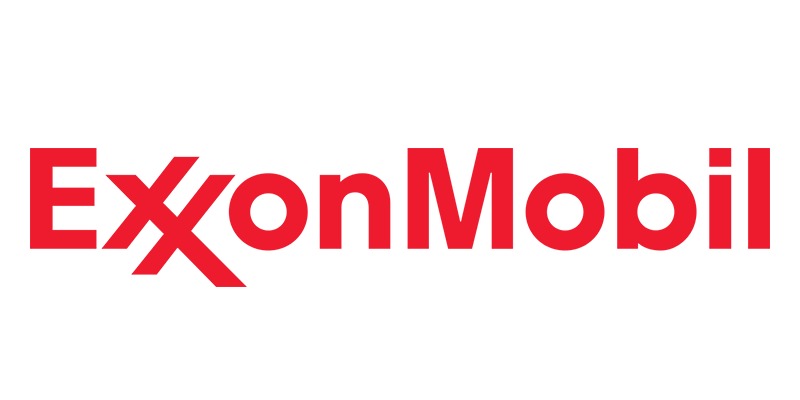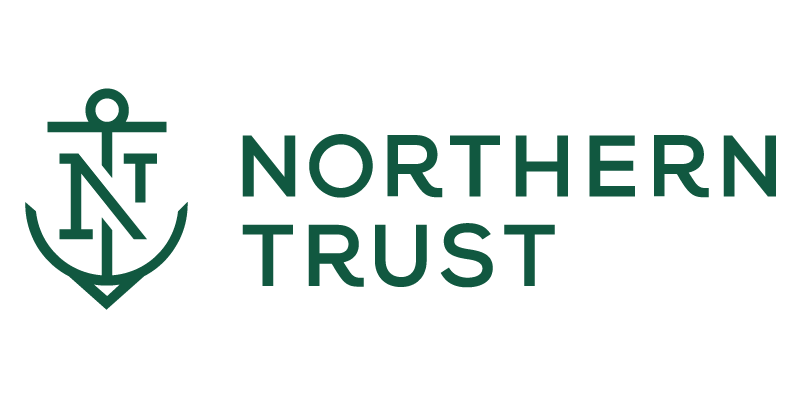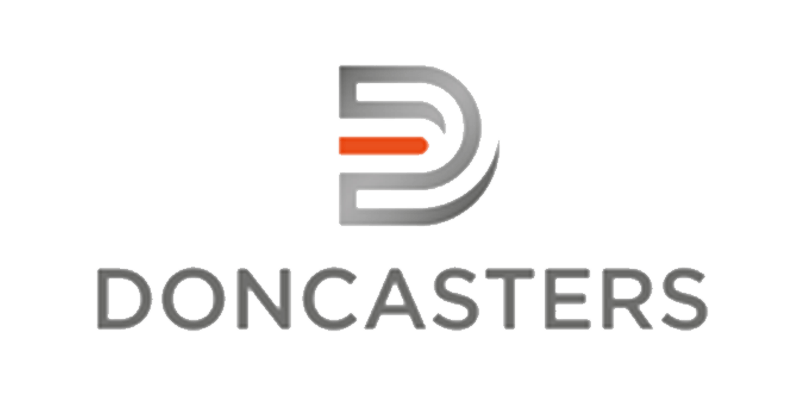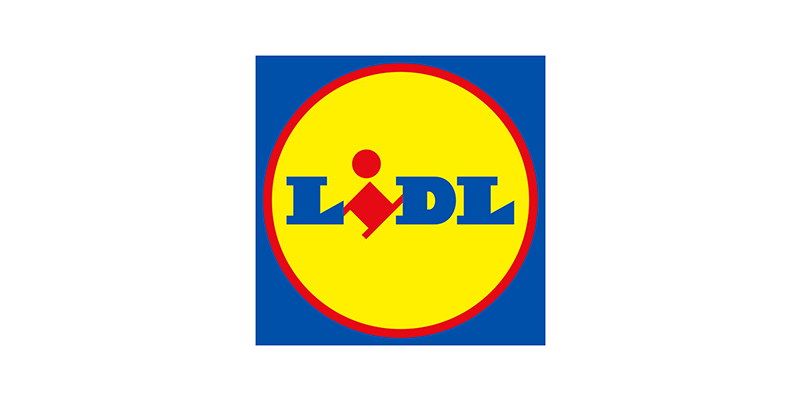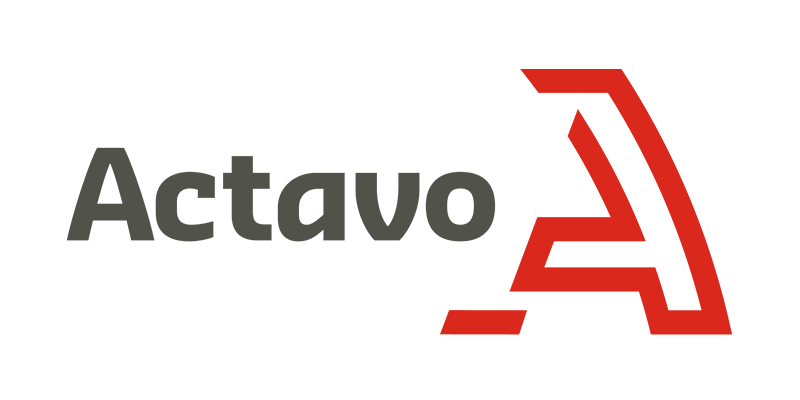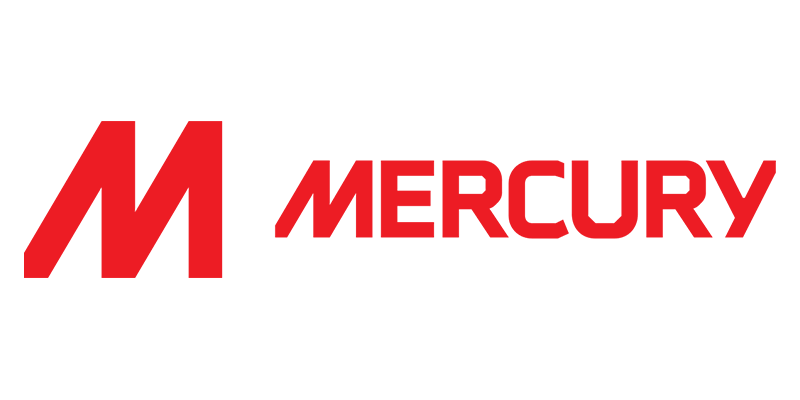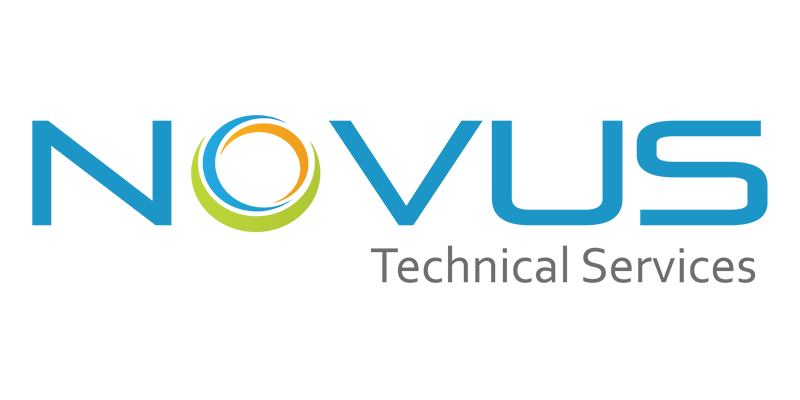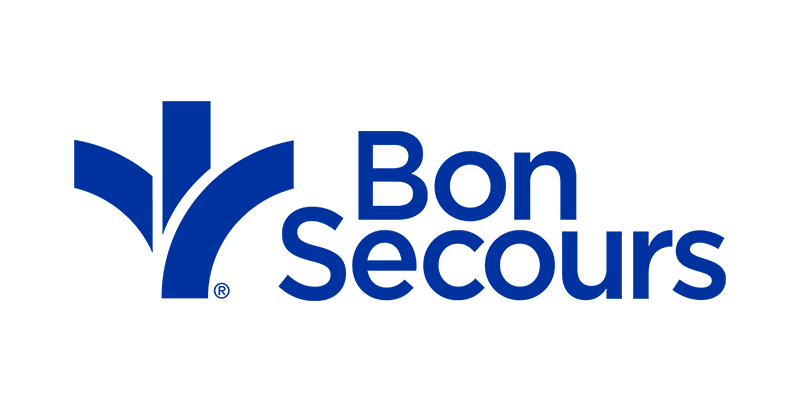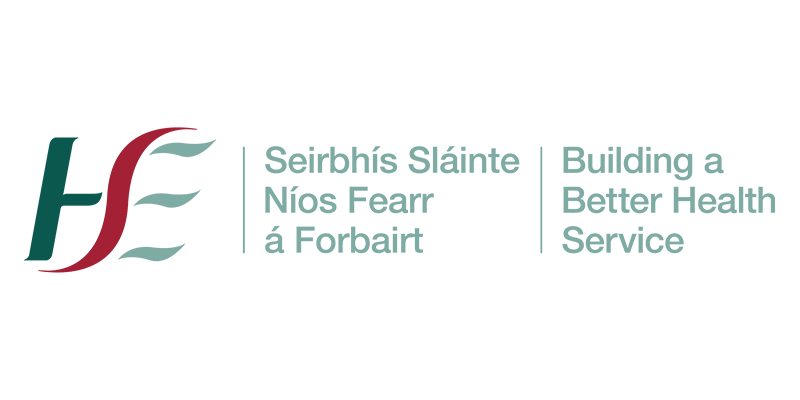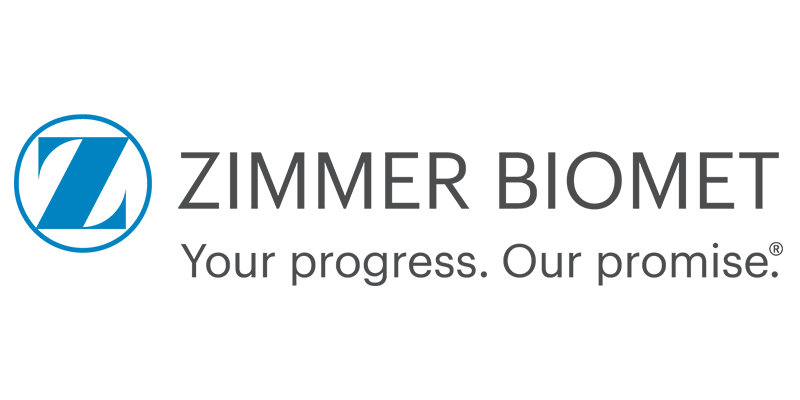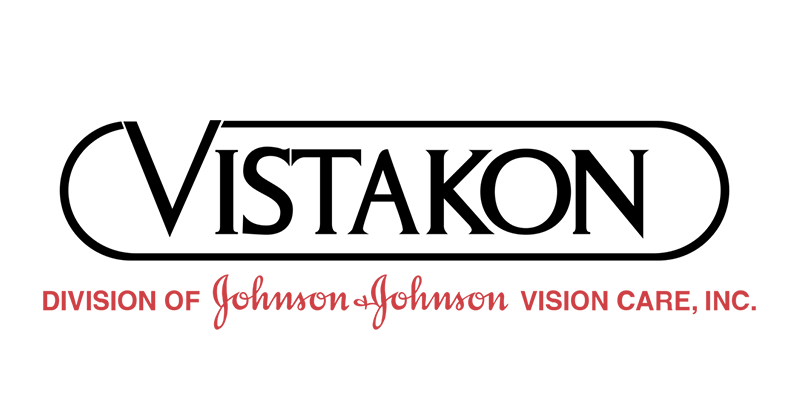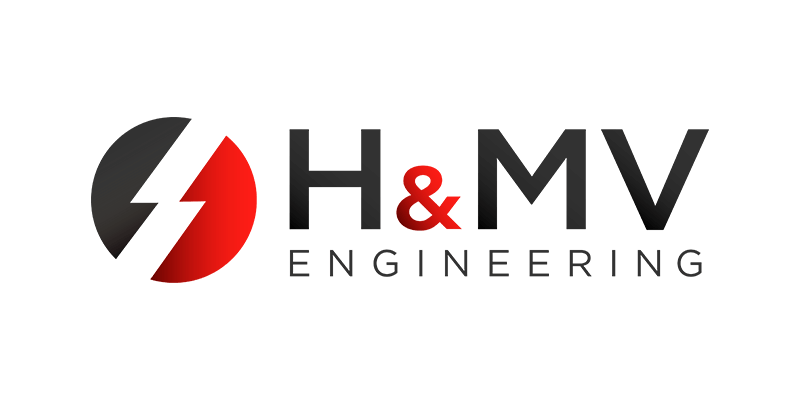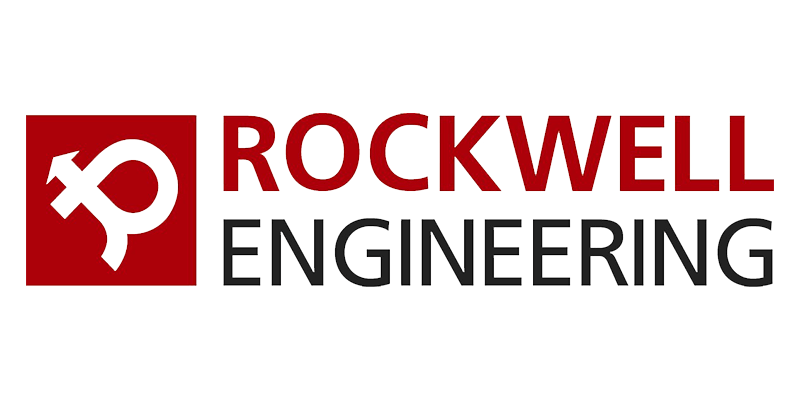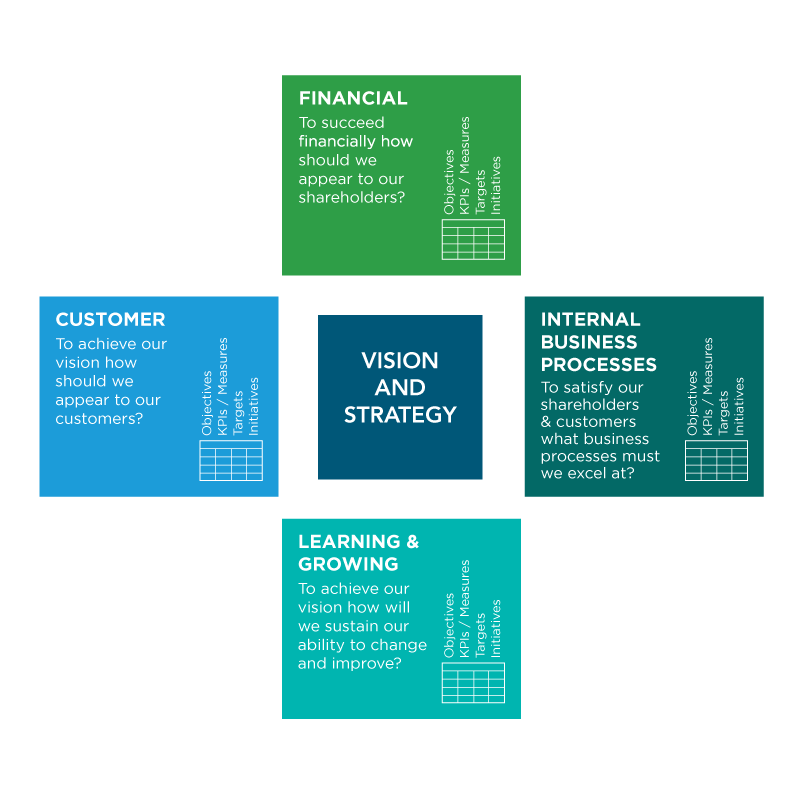Our Services
Strategy & Change
Success doesn’t just happen, it takes time, hard work and meticulous planning.
AdVenture
Innovative Strategic Planning & Renewal
With AdVenture, Ingenium’s nine step innovative strategic planning and renewal process will ensure your organisation is positioned correctly to achieve the levels of success your ambition desires
1. Future Shareholding Considerations
The shareholding structure for each organisation is unique, be it family/management-owned, founder-led equity, supported by either angel investors, PE, and VC, need to consider…
2. Internal Analysis
Good strategy is built on good data. This data comes from within your organisation and from outside in the external market and understanding both is crucial to a solid strategy process.
3. External Analysis
Aligned to the Internal Analysis, the 3rd element of data gathering focusses on the external environment. As team members strive to drive the organisation forward, leadership teams can often…
4. Strategic Objectives & Pillars
Structured from internal analysis & aligned with knowledge from the External Market analysis, the Strategic Objectives (SOs) are developed in a manner that focuses…
5. Strategic Goals & Projects
Once the high level SOs have been established it’s time to unlock the knowledge from within to translate these from high level objectives into tangible action plans…
6. ESG Assessment
We assist our clients develop a differentiating Environmental, Social & Governance (ESG) strategy. This includes 25 measures across the three perspectives…
7. Financial Modelling
Following the Innovate2Create workshops, a long list of potential Strategic Projects will have been created. Not all projects may follow through to final implementation…
8. Implementation
It is now time to roll this out, it is time for action. In this phase, you can assign project leads and a project team for each SP, responsible for the successful roll out of the project…
9. Measurement and Sustainment
During the strategy implementation period a monthly report is developed to provide visibility for our clients on the status of each SP under implementation…
With AdVenture, Ingenium’s nine step innovative strategic planning and renewal process will ensure your organisation is positioned correctly to achieve the levels of success your ambition desires.
Talk to one of our expert consultants today to discuss the process and which phases are most suited to you.
Measurement
and Sustainment
During the strategy implementation period a monthly report is developed to provide visibility for our clients on the status of each SP under implementation. This allows Ingenium to oversee and measure progress, identify bottlenecks or issues, and quickly bring them to the attention of senior management to find a solution, ultimately giving you a higher probability of implementation success.
Ingenium will consolidate a balanced scorecard for the strategy across the four perspectives of financial, internal business process, customer, and organisational learning to provide a measurement framework for implementation & sustainment. This will include measures and objectives that can help the business run more effectively while delivering on the Strategic Objectives.
Implementation
It is now time to roll this out, it is time for action. In this phase, you can assign project leads and a project team for each SP, responsible for the successful roll out of the project.
The implementation phase is executed through detailed two-way engagement between Ingenium and the client’s project leads, which includes several elements, all designed to ensure the overall successful implementation of the strategic plan.
Creating a detailed work breakdown structure which maps out each Strategic Project, including actions, owners, resources, dates, inter-dependencies and milestones, will ensure clarity and direction for all parties involved. A Balanced Scorecard is then developed to ensure the key measures and metrics are consolidated, providing a method of tracking and monitoring the progress of the strategy through the measurement of Key Performance Indicators covering four perspectives: Financial, Customer, Internal Processes and Innovation & Learning.
Financial
Modelling
Following the Innovate2Create workshops, a long list of potential Strategic Projects will have been created. Not all projects may follow through to final implementation, as the organisation may not have the capacity, it terms of human and capital resource, to address all projects. Ingenium, in collaboration with your leadership team, will collate key information to develop a financial model to forecast the potential success for each of the two externally focussed strategic project pillars. This will allow your leadership team to select which projects will move forward.
Ingenium will work with you to define the attractiveness and risk level for each project, including revenue projections, direct and indirect cost projections, and initial costs to secure projects, be it working capital investment for organic development, or an acquisition for inorganic development.
The resulting key outcomes include:
- Commercial projections in revenue and EBITDA for each project.
- Clear definition, where applicable, of the funding requirement of each Strategic Project.
- Analysis of each individual project’s projected profitability using various metrics e.g., IRR / ROI / NPV over an agreed period of time.
These key outcomes, together with the risk/attractiveness assessment, can then be used to rank each project to help to inform the decision to progress with a project or not, and which project to prioritise to achieve the growth targets to meet the Strategic Premise.
ESG
Assessment
At Ingenium, we assist our clients to develop a differentiating Environmental, Social & Governance (ESG) strategy – in parallel with developing the organisation’s overall strategy to deliver on its premise – created in an engaging and collaborative manner, through consolidating transparent relevant, and comparable industry performance measures across the ESG spectrum, using our ESG-25 Framework – Sustainability by Design. Having a credible and robust ESG strategy is key to potential future investors. This includes 25 measures across the three perspectives as follows.
In creating your ESG strategy, we will develop and align your ESG initiatives and metrics into a comprehensive ESG-25 framework, built from within your organisation and measured against industry best practice to develop your unique ESG scorecard.

Environmental (7)
- Carbon Footprint
- Energy Efficiency & Waste
- Water Efficiency & Waste
- Other Resource Depletion
- Greenhouse Gases
- Deforestation
- Climate Change
Social (7)
- D&I Equal Opportunities Companywide
- Employee Relations
- Working Conditions
- Local CSR Community Development
- Health & Safety
- Human Rights – Labour Standards
- Product & Service Responsibility
Governance (11)
- Executive Remuneration
- Board & Executive D&I
- Board Committees
- Ethics & Compliance
- Accounting
- Tax Avoidance
- Shareholders’ Rights
- Data Privacy
- Wellness
- Risk Management
- Horizon Scanning: Technology & Next Gen Insights
Strategic Goals
and Projects
Once the broad, high level Strategic Objectives (SOs) have been established it is time to unlock the knowledge from within the wider organisation to translate these SOs from high level objectives into tangible action plans through a series of Innovate2Create workshops, termed Strategic Projects (SPs).
Once all of the SPs have been developed and streamed into the same three Strategic Pillars, Strategic Goals that summarise quantifiable and qualitative outcomes for the collective group of SPs within each pillar can be defined. Strategic Goals, the endpoint that the strategic planning process is ultimately trying to reach, are critically important, as they can be measured, tracked, and most importantly communicated in a clear and succinct manner.
Strategic Objectives
and Pillars
Structured from the internal analysis outcomes and aligned with knowledge from the External Market Analysis, the Strategic Objectives (SOs) are developed in a manner that focuses on desired outcomes. This provides a clear focus for participating leadership to find innovative initiative streams to the obstacles that stand in their path to organisational growth. The leadership team discuss each of the key themes that emerged from the analysis and develop suitable SOs to tackle these key areas.
Following the development of these foundational Strategic Objectives, they are streamed into Strategic Pillars, primarily focused on three key areas, namely:
1. Current Market Growth: externally focused SOs with the aim of organically growing market share in current business lines by improving business development processes and strengthening relationships with current clients, or by leveraging regional sectoral organisational knowledge to unlock similar sectors within a new geographical region.
2. New Market Entry: externally focussed SOs that aim to drive revenue growth by establishing a market presence in attractive, high growth new industries and sectors, either organically or inorganically – with the attractiveness of these new markets validated by the Market Analysis. In the subsequent phase it will be established if these SOs can be organically developed, leveraging current capabilities, and deploying them in new sectors, or whether acquisition driven inorganic growth strategies should be considered, where the current capabilities are not strong enough to gain a significant foothold.
3. Growth Enabling: internally focused SOs required to underpin the external development initiatives, and tackle areas such as internal efficiency, operational issues and talent management and development. The Gravity Culture Survey data, together with the Internal Analysis, will provide a clear roadmap to support this.
External
Analysis
Aligned to the Internal Analysis, the third element of data gathering focusses on the external environment. As team members strive to drive the organisation forward, leadership teams can often get too focused on the day-to-day operations and lack the time and opportunity to horizon scan market trends and changes in the external environment.
The external market analysis provides an in-depth, holistic perspective relating to your organisation & sectors to challenge internal knowledge and assumptions, minimising subjective biases, and consolidating insights across four key deliverables: 1) Industry Current Outlook, 2) Key Market Trends, 3) Future Outlook & Insights, and 4) Client and Competitor Analysis.
The external market analysis provides:
- Macro-level overview of global markets & economy
- Current and prospective sector trends
- Competitor analysis
Together with this, Ingenium’s Markets Monitor assessment provides:
- Key expected outcomes relative to the organisation
- Specific insights from external market assessment, again relative to the organisation
This provides the strategic planning process with several benefits:
- Establish Total Addressable Market
- Challenging leadership biases and gut feelings
- Context to turn assumptions into informed decisions
Ingenium will work with your leadership to decipher the key messages and themes that emerge from these assessments. By objectively analysing and understanding the data from the Internal and External Assessments together, coupled with the knowledge and experience from within the organisation, it places your leadership team in a strong position to make well informed decisions to give the organisation the best possible start in building their growth strategy and maximising shareholder return.
Internal
Analysis
Good strategy is built on good data. This data comes from within your organisation and from outside in the external market and understanding both is crucial to a solid strategy process. The starting point for data gathering in a strategy process starts with understanding the internal culture of your organisation, because as the phrase goes, “culture can eat strategy for breakfast”. Our belief is that a good strategy, cognisant of the current state culture, can in fact positively shape the future desired culture.
Ingenium’s Gravity Culture Survey provides a clear ‘current state’ and ‘future state’ perspectives of the organisation’s culture, built in five perspectives across twenty cultural traits.
Complementary to the Gravity Culture Survey is the stakeholder analysis, a process where key internal stakeholders within the organisation, as well as relevant external stakeholders, participate in a combined quantitative and qualitative review with Ingenium’s senior consultants, in order to solicit opinions, perspectives and suggestions around the future direction of the company.
The stakeholder analysis data is gathered from an initial survey based on the following four questions with subsequent deeper qualitative interviews with key stakeholders:
- What are our strengths? What is it about us that our clients & stakeholders want us to keep doing? What do we do well and want to take forward?
- What is it we are not currently doing that we should be doing? What new areas should we be focusing on moving forward?
- What are the current threats and barriers that exist in advancing the organisation?
- What are the things you think should be left behind, that we should stop doing?
- What does the organisation need support or assistance with in order to be successful?
Future
Shareholding
Considerations
The shareholding structure for each organisation is unique, be it family owned and controlled, management owned, founder-led equity, supported by either angel investors, private equity (PE), and venture capitalist (VC), together with mainstream banking debt, all organisations will, at some stage, need to consider an exit event for shareholders.
For Management, Angel, PE and VC investors, such shareholders will have different timelines to realise value and growth for their investments, driven by the strategy deployed in their respective investment firms. Organisations where shareholding is led by family and owner equity, with no external investment capital, also need to consider succession planning, not just in management and leadership, but also in ownership.
Regardless of whichever of these exit scenarios exist, each one needs to be considered in the development, planning and renewal of the organisation’s strategy, where three prime options need to be considered in the event of an exit being desired: 1) Going public by listing on a selected stock market through an IPO (Initial Public Offering; 2) A sale to another acquirer, be it a trade sale or to a private equity type buyer; and 3) A sale to the management, through a structured MBO (Management Buy Out) process.
Whatever the case, the value of strategic planning and renewal is a key process and deliverable for shareholders to see, as well as in some cases, participate in its creation.
Detail your most likely exit strategy

